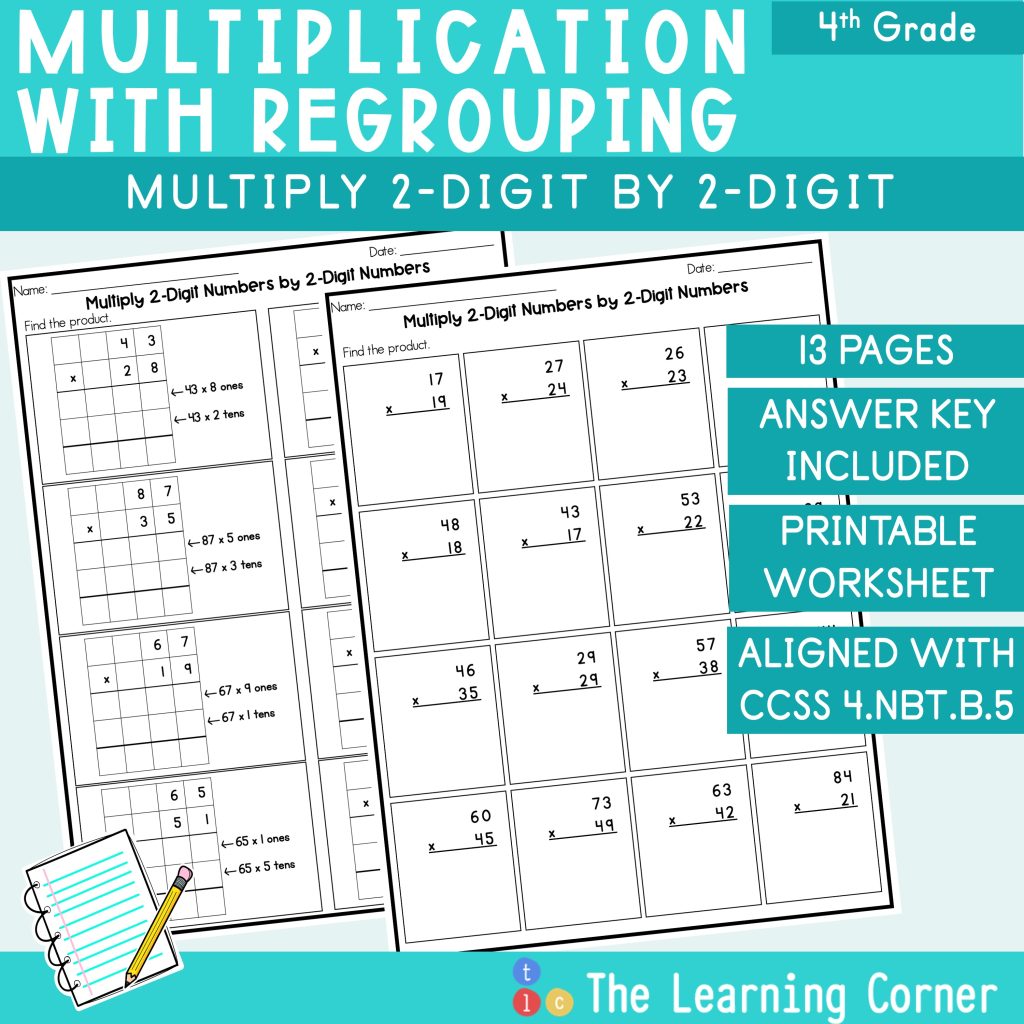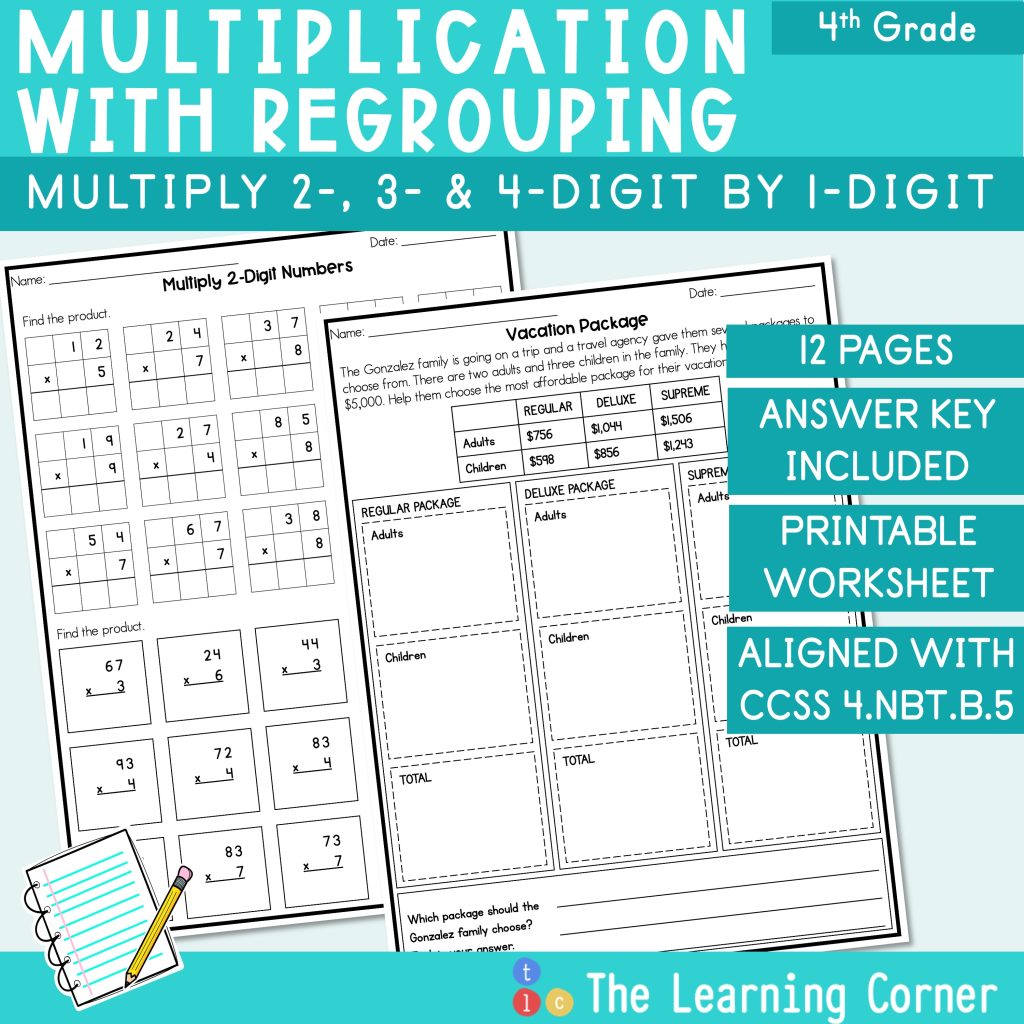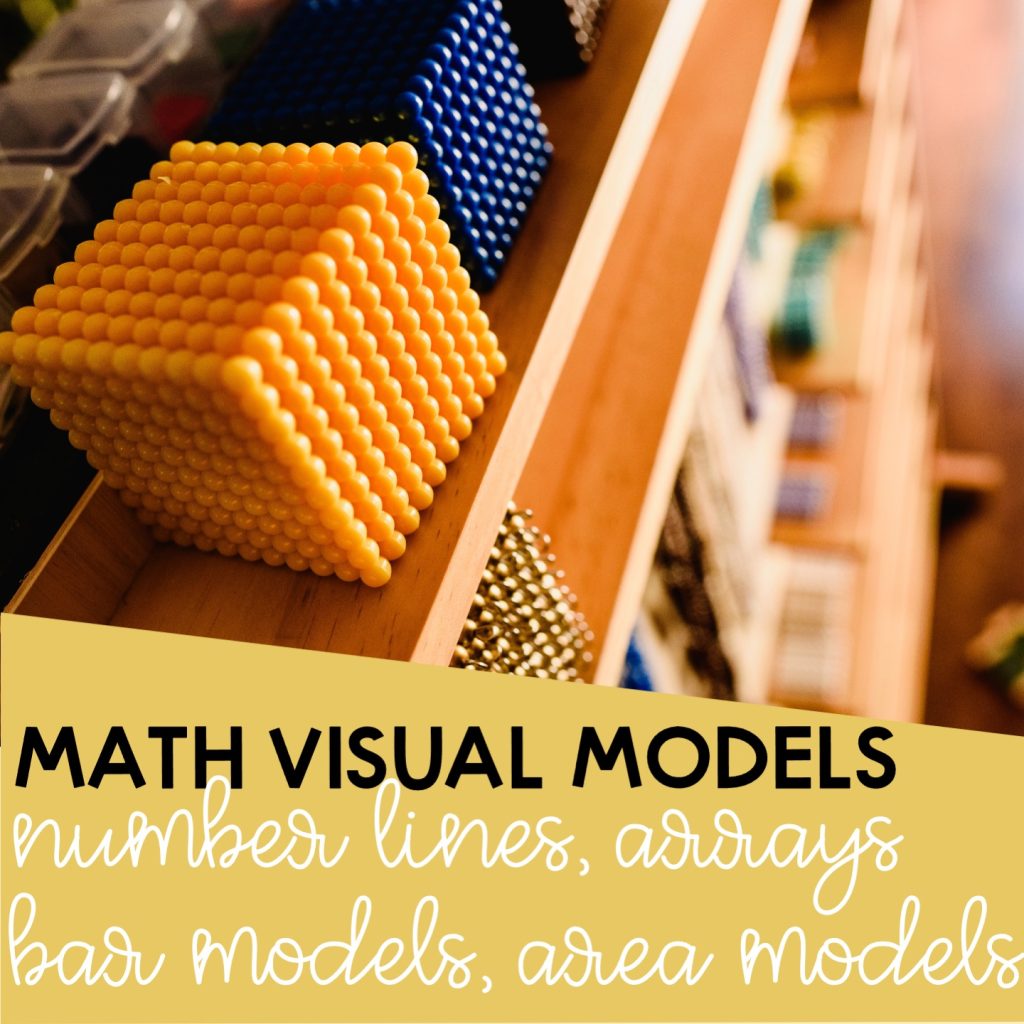“I need help!” That’s a line I repeatedly hear in my classroom. In learning, not everyone is on the same page so there is always a need to support your struggling students. That’s where scaffolding in math comes in.
There is no one way to do scaffolding in math. Its main goal is to provide students with your guidance so that they can solve problems independently and with confidence.
What are some ways you can do scaffolding?
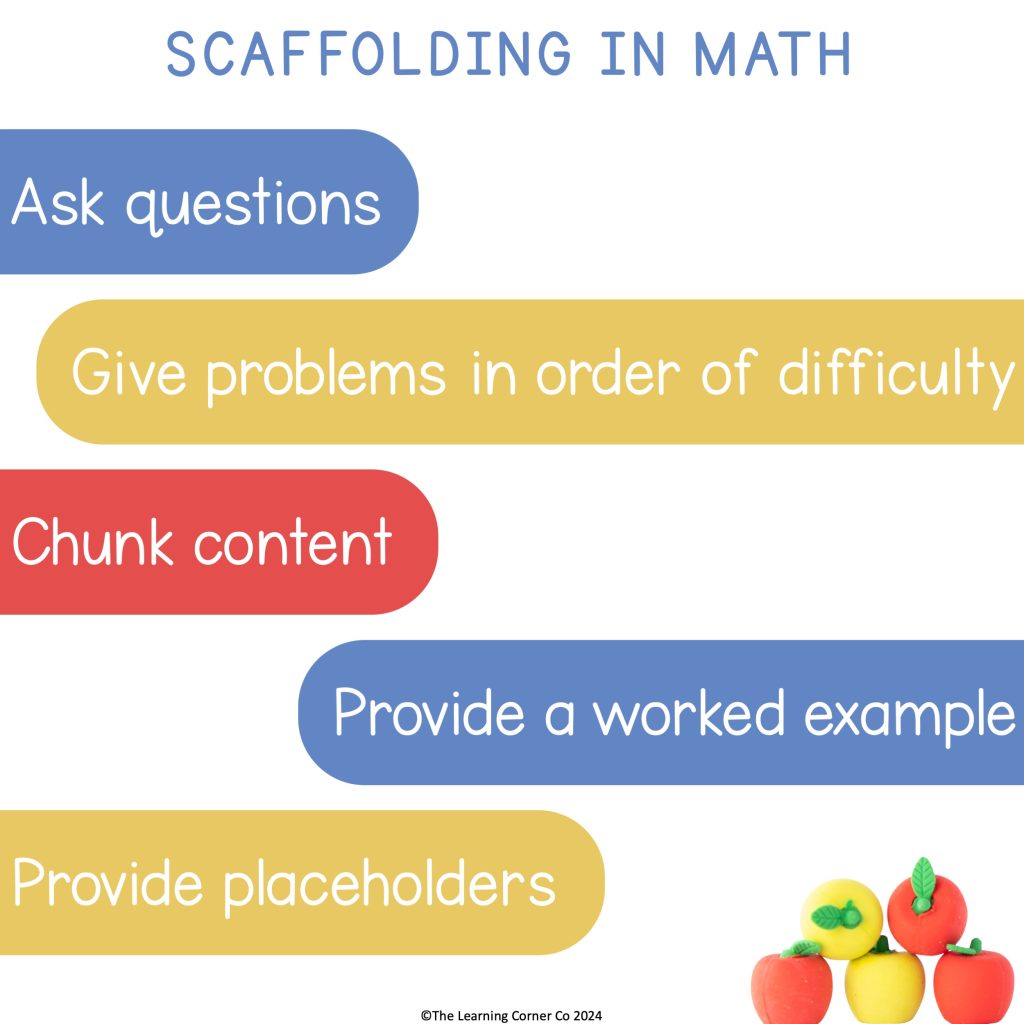
1. Ask questions and provide guidance
One of the best ways you can do scaffolding in math is by asking questions. These questions should guide your students in their mathematical thinking. Based on your students’ answers, you will also be able to understand how they grasp a concept.
What can you do while providing guidance?
- Ask students what they already know about the problem
- Rephrase or elaborate the problem
- Make the problem more relatable using a different context
2. Scaffold problems in order of difficulty – from simple to more complex
Often, when we’re pressed for time in the classroom, we just shove the problems in front of students. It might seem too complicated for them especially when a concept is first introduced. Being more intentional with the given problems will give your students confidence before moving on to more complicated ones.
Here’s an example of a complex multiplication problem for my 4th graders.
Complex Problem: A grocery orders 3,456 egg trays from a local farm each month. How many egg trays do they order in 12 months?
This problem might seem complicated for them because of the large numbers. Let’s scaffold it so that the numbers are not too intimidating.
Level 1: A grocery store orders 12 egg trays from a local farm each day. How many egg trays do they order in 5 days?
Level 2: A grocery store orders 25 egg trays from a local farm each week. How many egg trays do they order in 12 weeks?
Level 3: A grocery store orders 367 egg trays from a local farm each month. How many egg trays do they order in 6 months?
Level 4: A grocery store orders 3,456 egg trays from a local farm each month. How many egg trays do they order in 12 months?
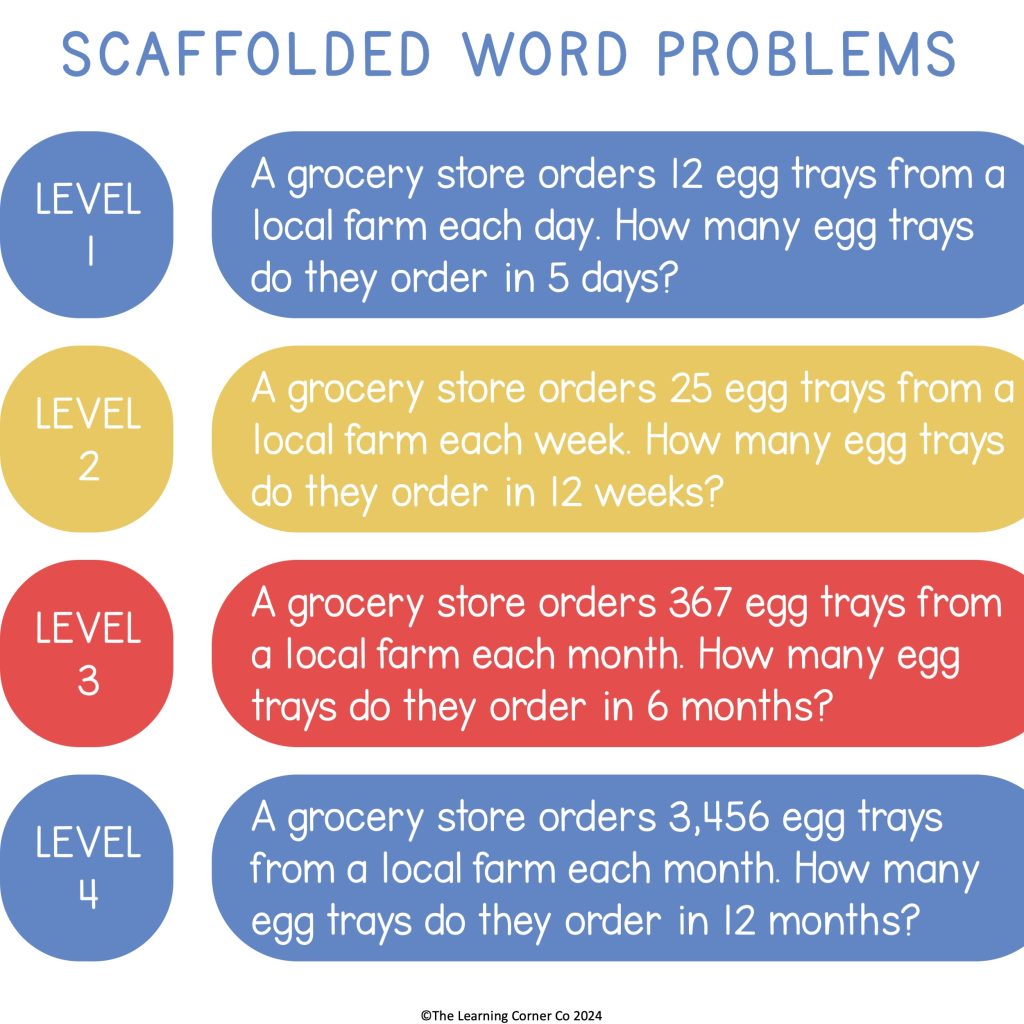
Notice how the numbers increase each time. The problems were presented from 2-digit by 1-digit to 4-digit by 2-digit. This way, your students will be confident in multiplying by slowly introducing them to the problem using a small friendlier number to bigger more complex numbers.
3. Chunking content into smaller pieces
Just imagine yourself having to eat your steak in one bite. That won’t digest well and you won’t be able to enjoy your steak. Now, imagine yourself having small bites of your perfectly cooked steak. That’s better, huh?
It’s the same with your students. Chunking or breaking down each mathematical concept will help your students digest the lesson more easily – and they might enjoy it too. Let’s say that for your 4th graders, the goal is to multiply a 4-digit number by a 2-digit number. You don’t show them how to do that right away!
Similar to giving problems in order of difficulty, you need to move from easy to complex. Here’s an example of how you can scaffold teaching multiplication of 4-digit by 2-digit numbers.
- Review multiplication facts
- Teach multiplying 2-, 3-, and 4-digit numbers by 1-digit numbers.
- Teach multiplying 2-digit by 2-digit numbers
- Teach multiplying 3-digit by 2-digit numbers
- Teach multiplying 4-digit by 2-digit numbers
It might take a while for your students, but it would be easier for them to digest the topic and be able to practice before moving on to bigger numbers.
4. Providing placeholders
Have you ever used Canva? Canva made designing easier. All thanks to their provided templates. They have placeholders for images and texts that all you have to do is plug in your content.
When scaffolding in math, you can also provide your students a placeholder especially if it is a complicated lesson. Sometimes, they know what to do but the numbers get lost in their writing. I find that when I provide placeholders for my students, it is more manageable for them to do a problem.
Here’s an example of a 3-digit by 2-digit multiplication problem with placeholders.
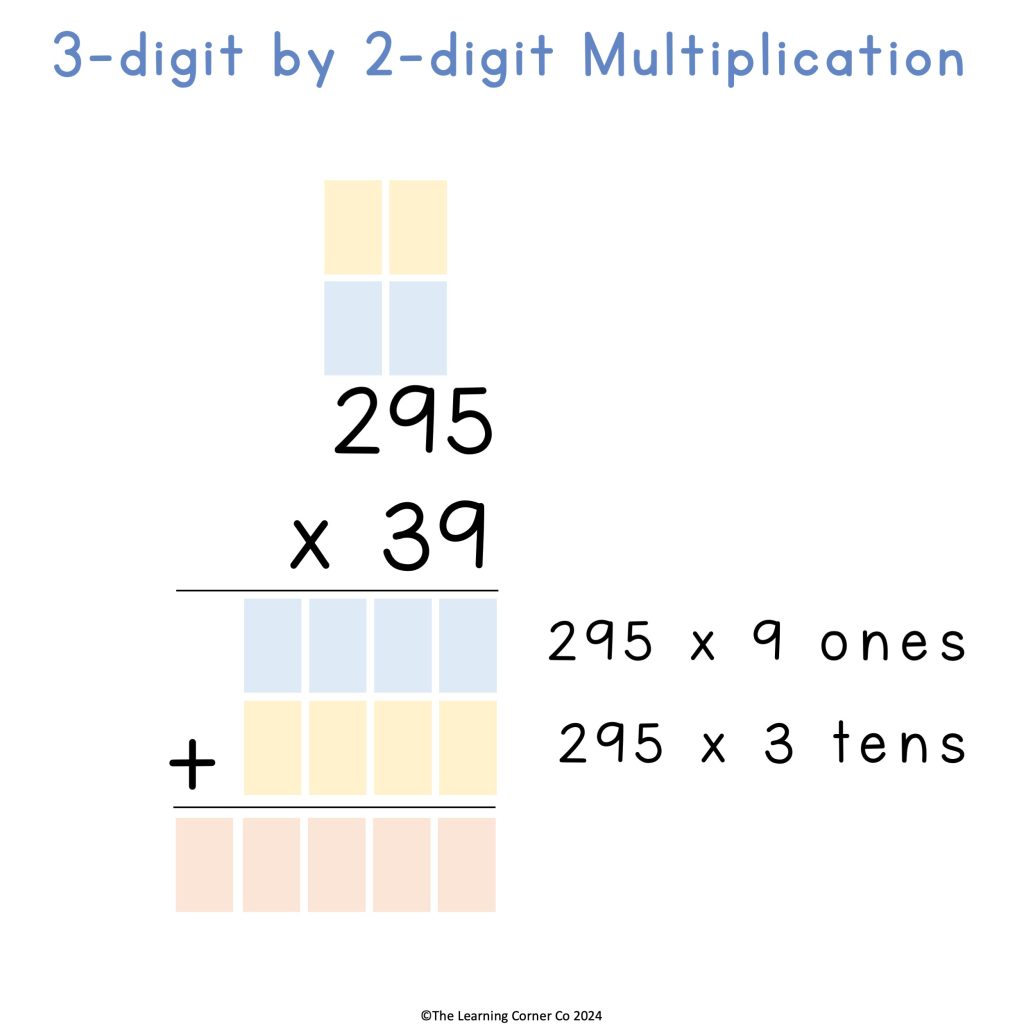
Slowly, when your students are already feeling confident, you can switch to grids. This way, there is still a placeholder but they get to think where to put their numbers.
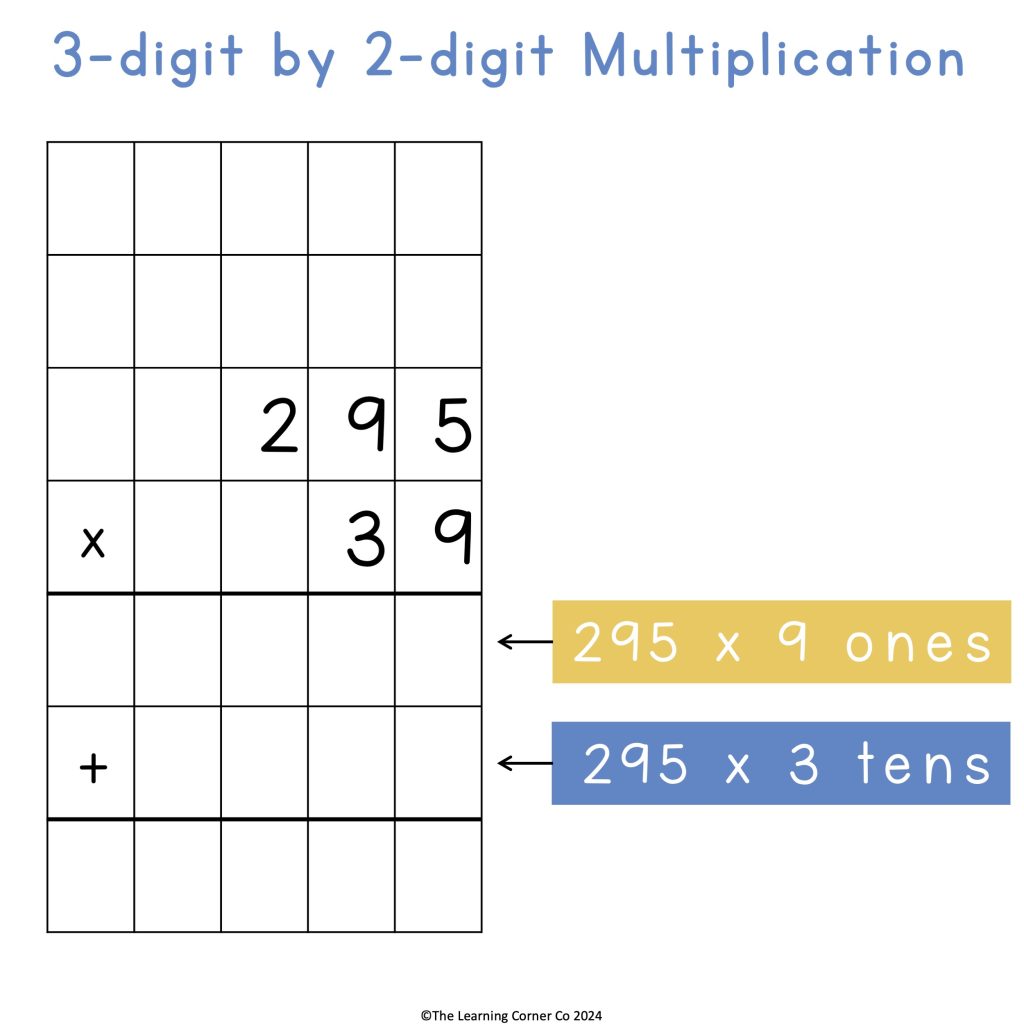
When your students have already mastered their multiplication, then you can remove the placeholders and grids and let them solve the problems on their own.
Yes, it might mean a lot of work in the beginning, but it will be worth it once you see your students working independently.
5. Provide a worked example
Providing a worked example may not exactly sound like scaffolding. Although, if you think about it, having a worked example that your students can go back to means that your students are their own “scaffolders”. This means that if there is something that they don’t understand and they see a reference, they will be able to figure out what went wrong or what they missed.
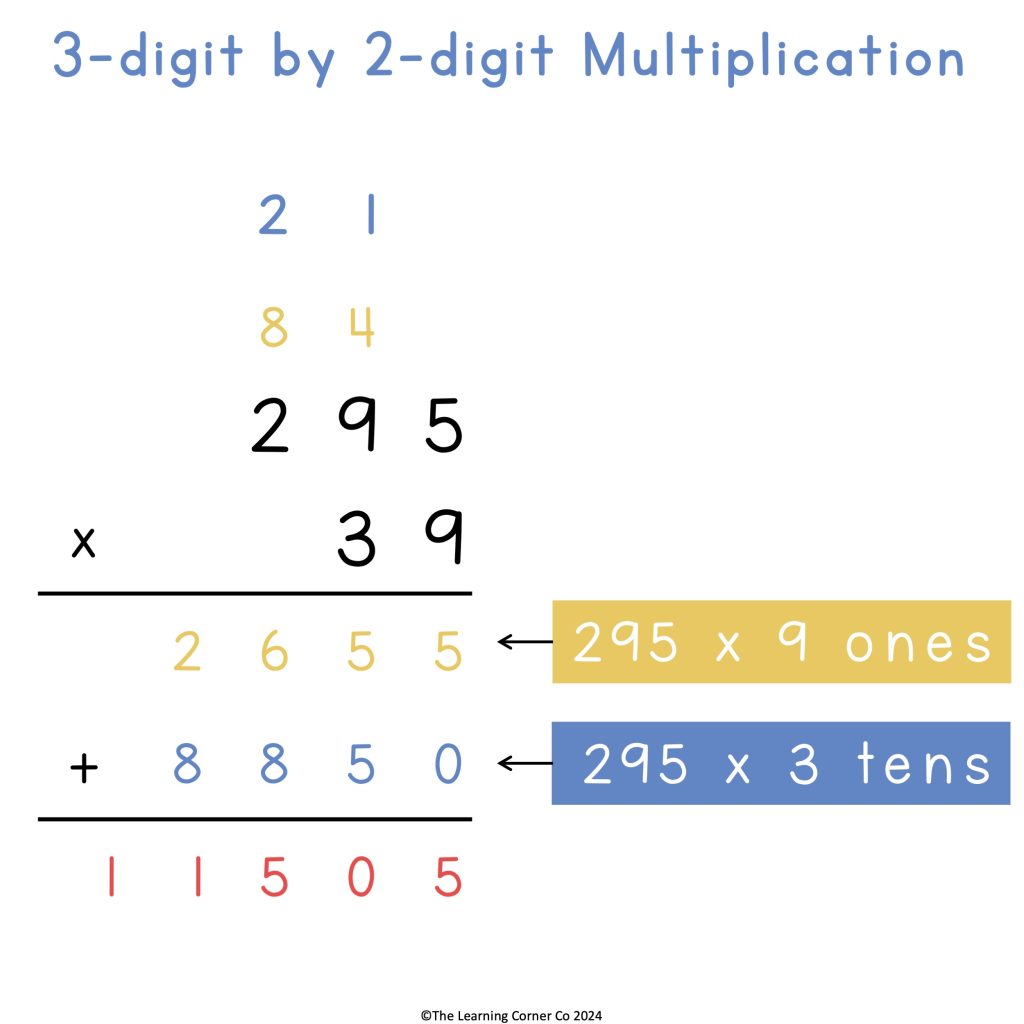
The worked example works as their guide and that means less work for you. You just need to set it up for your students and even make an anchor chart together.
These are just some ways scaffolding in math can be done. If you need scaffolded practice for your students, check out some of these resources in my TPT store. Click on the images to get the resource.


